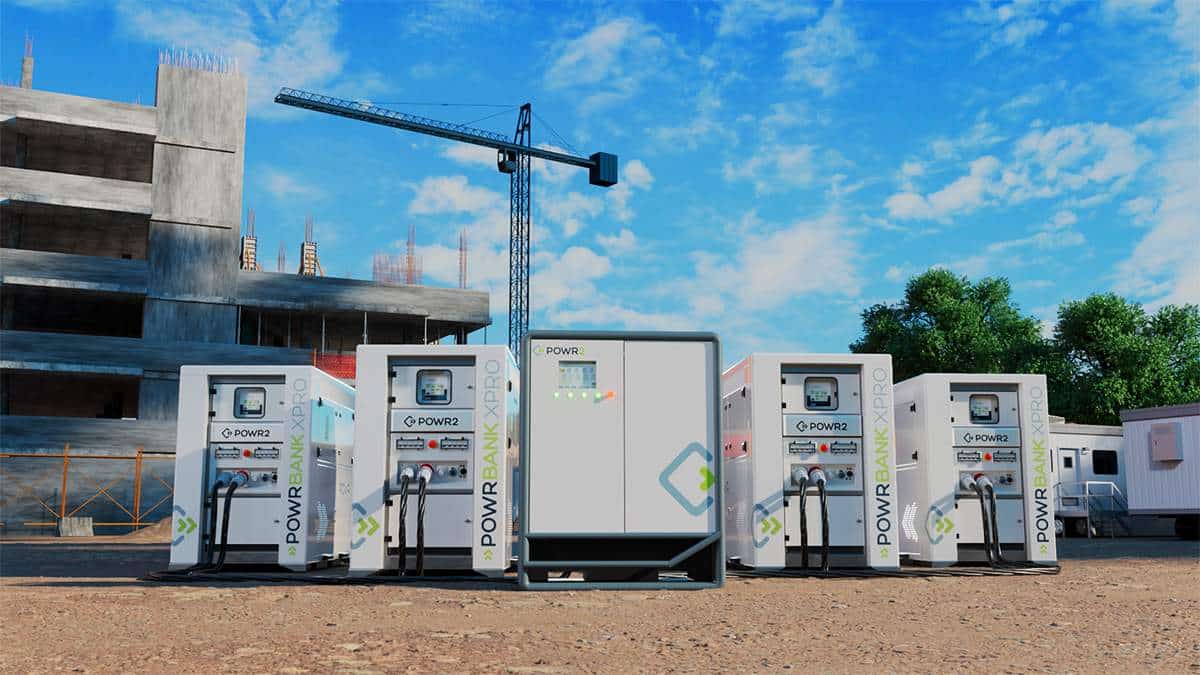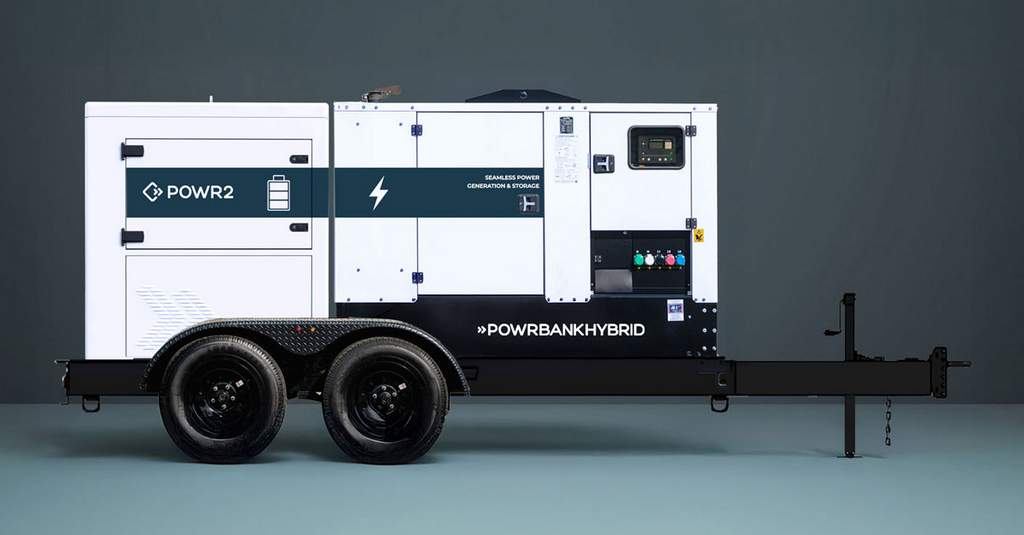Towable Generator Basics
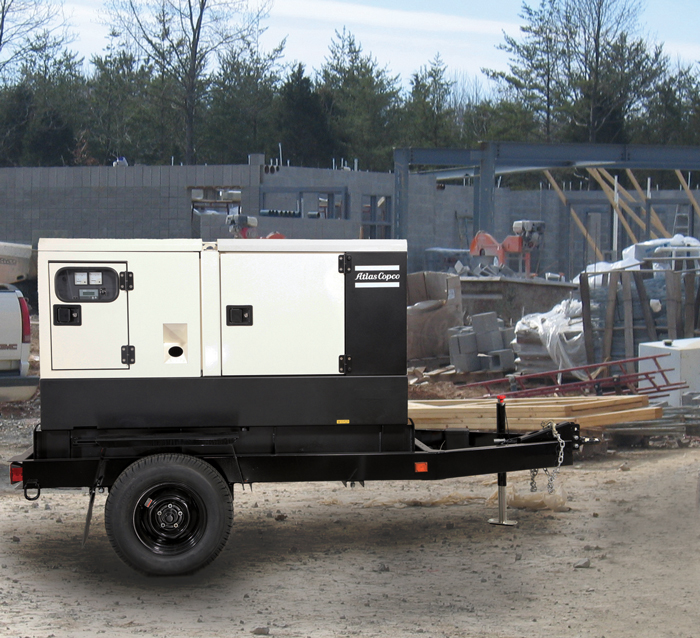 There is no stereotypical customer for a towable commercial generator. The nature of the machine is such that it is perfect for a variety of applications and customers. It might be pulled to a wellhead to start pump motors or trailered to a rural construction site to power equipment and, in the evening, towed home to run lights at a neighborhood festival. But every buyer or renter is alike in this way: He or she must know what the generator will be asked to do. That is crucial. Not knowing the task required of a generator and being able to communicate the information to a dealer can lead to a customer getting an unsuitable model, with disappointing results. Hereafter are some pointers on selecting the proper model.
There is no stereotypical customer for a towable commercial generator. The nature of the machine is such that it is perfect for a variety of applications and customers. It might be pulled to a wellhead to start pump motors or trailered to a rural construction site to power equipment and, in the evening, towed home to run lights at a neighborhood festival. But every buyer or renter is alike in this way: He or she must know what the generator will be asked to do. That is crucial. Not knowing the task required of a generator and being able to communicate the information to a dealer can lead to a customer getting an unsuitable model, with disappointing results. Hereafter are some pointers on selecting the proper model.
The simplest way to categorize mobile, towable generators is small, medium and large. Small are 15 to 50 kW, medium are 51 to 150 kW and large is anything over 151 kW. Of course, customer built units can be engineered for specific opportunities.
When it comes to mobile power, the focus of this article, options are many, including power, features, brand and dealer. Selecting the right size generator for the right job doesn’t take rocket science, but it does take a little planning. When purchasing a generator, choosing the correct size can be done easily if the required voltage, current or power required by the application are known. In addition, purchasers should take into account the highest peak or transient load the generator will need to manage. Be sure to consider the amount of power required to start the motor and other situations where in-rush currents inherent in an application may occur. Customers should also choose a generator that allows for unexpected load fluctuations, current spikes and maybe above and beyond what is need in their applications.
A quick glance at most company lineups show trailer-mounted generators are offered in a great variety of sizes, from small trailers with single-phase units ranging on up to triple-axle, three-phase, 10-ton rigs powered by six-cylinder engines. Of course, there is the matter of kVA and kW ratings. “It is a great conundrum,” says Jim Siffring, product manager at Atlas Copco Portable Energy. “I don’t know why it has evolved the way it has.”
The evolution of terminology for rating electric power stopped way short of universal clarity. So customers are stuck with reading up on generator models rated in kVA (1,000 volt amps) or kW (1,000 watts) or both. For some reason, standby and primary generator sales are often couched in kW, while the rental market leans toward kVA. Then there is the power factor. The kVA of a three-phase generator generally is multiplied by .8 to determine the actual power of the unit. So a 40 kVA generator will be rated at 32 kW. Hence, models in that range will be rated as 40 kVA/32 kW. However, single-phase generators use a power factor of 1, so a 25-kVA single-phase unit is rated at 25 kW.
Moving on, the simplest way to determine what size unit is appropriate for a job is, first, know what you want a generator to do and, second, tell a dealer. Three factors play a part in sizing a generator for the job: 1) type of load; 2) total watts to be connected; and 3) power of the generator. The first factor to consider when sizing a generator is the type of load being connected. There are two types of electrical loads: resistance loads and induction loads. Electric lights and heating units are examples of resistance loads. Most construction equipment requiring generator power has induction loads (electric motors).
There are two types of induction load motors. Universal motors (which use brushes) power hand drills, saws and concrete flex shaft vibrator motors. Capacitor motors power pumps, air compressors and table saws. When sizing a generator to these motors, the main difference is that the capacitor motors need about 1/3 more starting current than universal motors. After determining the type of load, the next step is to find the total watts of the load to be connected.
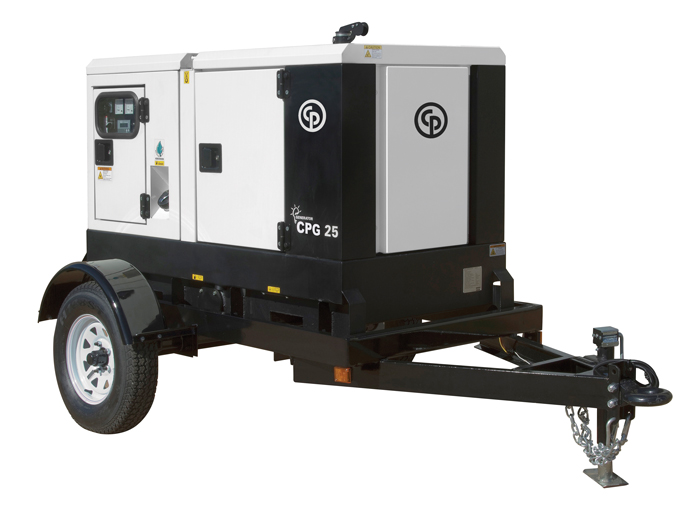
The following is a look at three representative offerings in the towable commercial generator market. The generators are designed for primary use, not standby — that is for running in worksites, disaster relief situations, production setups or staged public events. All are on wheels, but are available on skids as well.
Chicago Pneumatic’s smaller generators — 20-, 25- and 45-kVA units — are powered by Kubota engines. The rest of the lineup offers John Deere power plants. “We like John Deere because it has a solid reputation, is easily serviced at a strong network of dealers across the United States and is good in the power bands we are dealing with,” says Eric Massinon, product manager of portable energy. Engines, as of the end of August, are all Tier 4 Interim emissions compliant, with Tier 4 Final coming next year. The 45-, 70- and 120-kVA generators are the most popular with customers, with oil and gas drillers particularly going after the 45 and 120 units. Chicago Pneumatic also features a 110 percent fuel containment system.
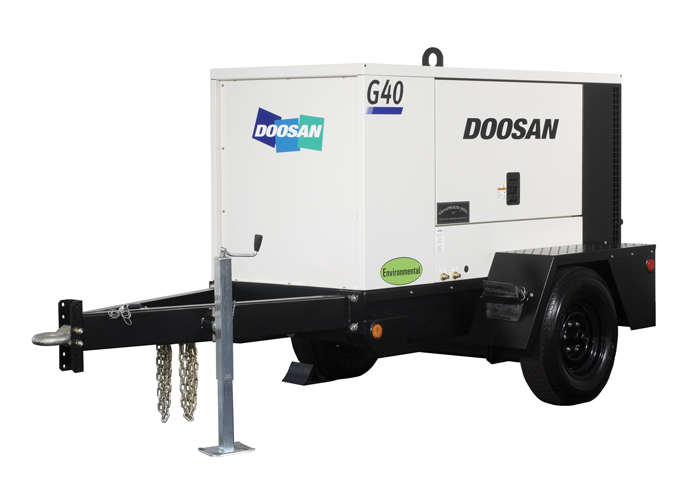
Atlas Copco Portable Energy powers its smaller generators with Kubota engines, with John Deere units running in mid-range generators and Volvo engines in the 600-kVA plant. Most of the engines are T4i compliant; the Volvo engine is Tier 2 through 2015. The generators employ the “AREP excitation system,” which improves the voltage response of the alternator during starts. In layman’s terms, it gives a motor an extra jolt during ignition, which can be critical in ignition of larger motors. Overall, all of these units are a great bang for your buck. “We are taking a long hard look at how we build a generator, keeping the quality high and lowering the cost,” says product manager Jim Siffring.
Giles Lambertson is a freelance writer for Benjamin Media, based in Winchester, Kan.


